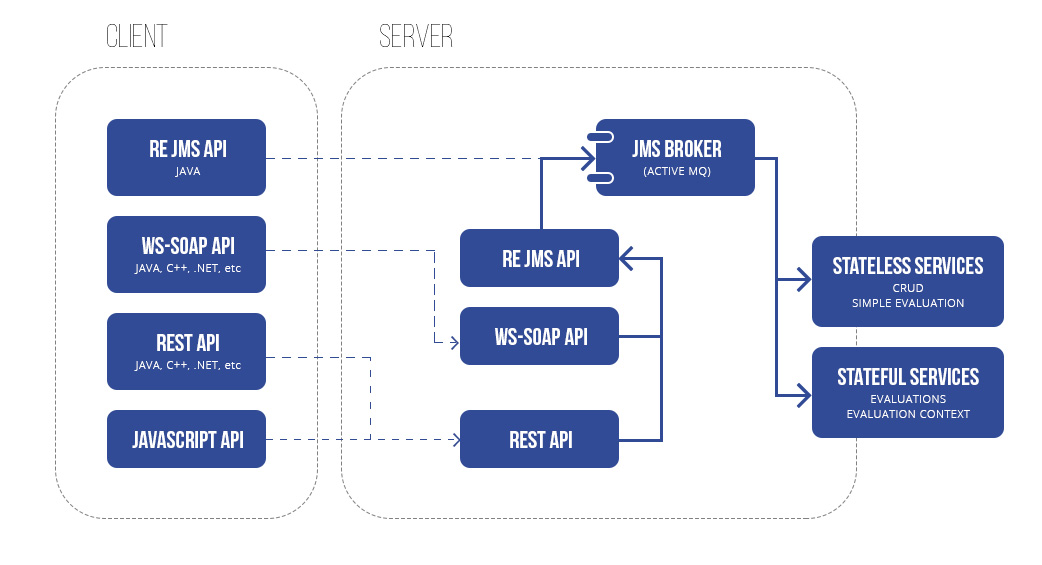
What really stands out in so many accident investigations resulting from engine failure is that pilots and maintenance personnel fail to follow established procedures. These two general categories often overlap, especially when owner/pilots are involved in preventive maintenance. The task of preventing engine failures can be divided into two broad areas: maintenance and operation. But that’s not to suggest pilots and operators can’t do even more to help minimize the risk of engine failure. Despite claims of aircraft piston engines being outdated technology, improved materials and manufacturing processes together with advances in engine oil/additives and enhanced maintenance practices have made a difference. The bad news is those reliability improvements often result in pilots giving little thought to piston engine aircraft reliability because failures have become so rare.Īs measured by increases in the engine manufacturer’s recommended time between overhaul (TBO), engines that are operated frequently, are regularly serviced with oil/filter changes and flown with accurate instrumentation are more reliable than ever. The good news is that the typical piston engine in a personal aircraft is much more reliable than it was a few years ago.


That’s as it should be, since mechanical failures are a major component of overall accident causes, right after the pilot making a mistake.

Risk engine how to#
Before that, though, we’re also taught how to conduct a preflight inspection to ensure the engine (and the rest of the aircraft) is ready for what we are planning. Almost from the beginning of our training, pilots are taught how to react to an engine failure.


 0 kommentar(er)
0 kommentar(er)
